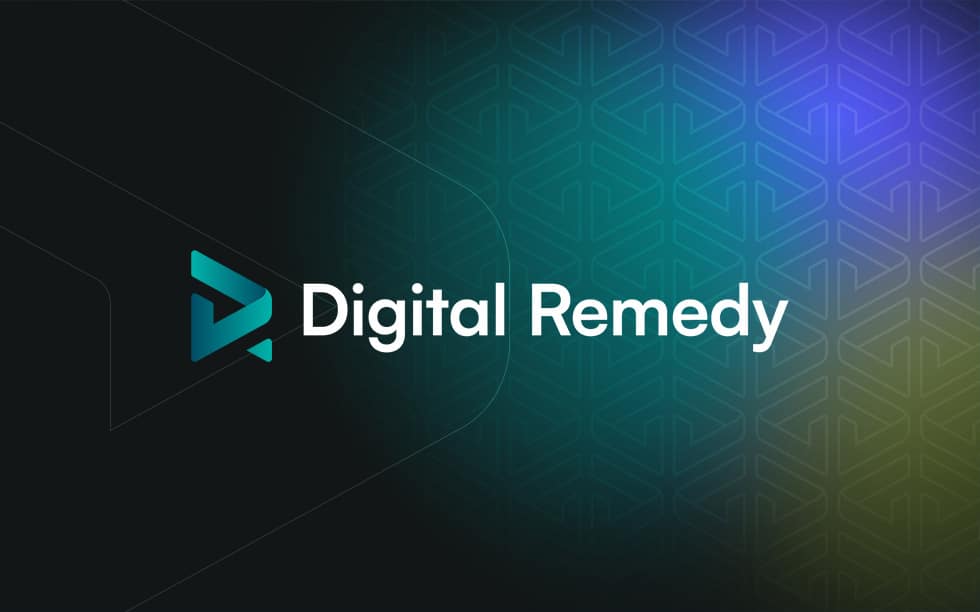Mar 26, 2020
Now more than ever, the world is #streaming, so it’s the perfect time for political campaigns to tap into an #OTT ad strategy. Our EVP of Marketing, @RedTeece, explains why #OTT is a major battleground in #Election2020 with MarTech Advisor. As streaming surges, now is the time for political campaigns to capitalize on the large…

Now more than ever, the world is #streaming, so it’s the perfect time for political campaigns to tap into an #OTT ad strategy. Our EVP of Marketing, @RedTeece, explains why #OTT is a major battleground in #Election2020 with MarTech Advisor.
As streaming surges, now is the time for political campaigns to capitalize on the large audiences and greater tracking abilities that come with advertising on #OTT platforms. Our EVP of Marketing, Tiffany Coletti Kaiser, shares her thoughts with MarTech Advisor.
Digital advertising has proven to be a game changer for the last two presidential election cycles. Between web, social, over-the-top (OTT), and connected TV (CTV), digital ad spend had already topped $105 million long before the Bloomberg machine started dropping mega cash to saturate the market with over half a billion dollars across TV, radio, and digital.
The billionaire candidate’s record-breaking spend was so unprecedented, it’s become a cultural phenomenon. The memes alone about his omnipresence have probably done just as much to raise awareness about his candidacy as the actual ad buys themselves.
Considering the overall record ad spending, OTT/CTV remains a relatively small portion at just$500M to $720M–a proverbial drop in the bucket compared to the $6B total spend expected from all candidates across all media. But, despite its small share, this relatively new channel could arguably be one of the most effective for reaching and engaging voters. Here’s why:
Campaigns are looking hard to find emerging channels to reach new and established voters. With the last election’s Russian meddling scandal, “fake news”, and a general distrust of social media all still looming large in voters’ perceptions of political advertising, the audience has grown much more skeptical of the ads and posts they see in their newsfeed. OTT/CTV is a divergent channel that provides an alternative to the social sh*tshow.
Given the public’s sense of suspicion, OTT/CTV leverages the more trusted perception of national broadcast TV advertising to bring a sense of validity to the candidates and their messages. For most viewers, it’s indistinguishable from what they see on NBC, CBS, or ABC. In the viewer’s eyes, that legitimizes it as clearly official campaign content, and erases suspicion that it might be fabricated propaganda from foreign hackers that anyone can post online.
Unlike national broadcast media, OTT/CTV is able to be highly targeted to specific audiences based on demographics and geography. Instead of hitting every voter in the Midwest, ads can target moms with young children who lean Democratic in a specific zip code. It’s a far more efficient use of ad dollars, particularly in expensive markets-candidates can reach only the voters they want to engage.
Because it’s cheaper and allows such precise targeting, campaigns can invest in more personalized messages and greater frequency to reach high-value audiences. Plus, with shorter ad blocks and a more captive audience (OTT audiences are less likely to get up and walk away during an ad because they’re unable to predict the duration), the ads are less likely to get lost in the clutter or missed altogether.
While OTT/CTV gives the perception of national broadcast-style placement, it actually allows campaigns to have much greater control over where, when, and how their spots appear. With OTT, candidates can be sure their ads won’t run alongside inappropriate content, programming that doesn’t fit their values or platform, or even their opponents’ content.
While OTT/CTV may not provide the same level of CTA as a display or social ad that allows voters to click thru to support their candidate with a donation, it’s certainly becoming a powerful channel for driving candidate and issue awareness. As more and more consumers cut the cord, it may also be one of the dwindling number of channels that are even viable options.
With political ad spending already at an all-time high, it will be interesting to see just how big of an impact OTT will have on the 2020 election and beyond.
Related Posts

Campaign optimization has always been the most critical tool for maximizing impact and return on investment. At its core,.

AI is reshaping marketing and advertising as we know it — from automating ad targeting and streamlining customer segmentation.

As new tariffs increase economic uncertainty, advertisers are under intense pressure to stretch their budgets and prove the value.